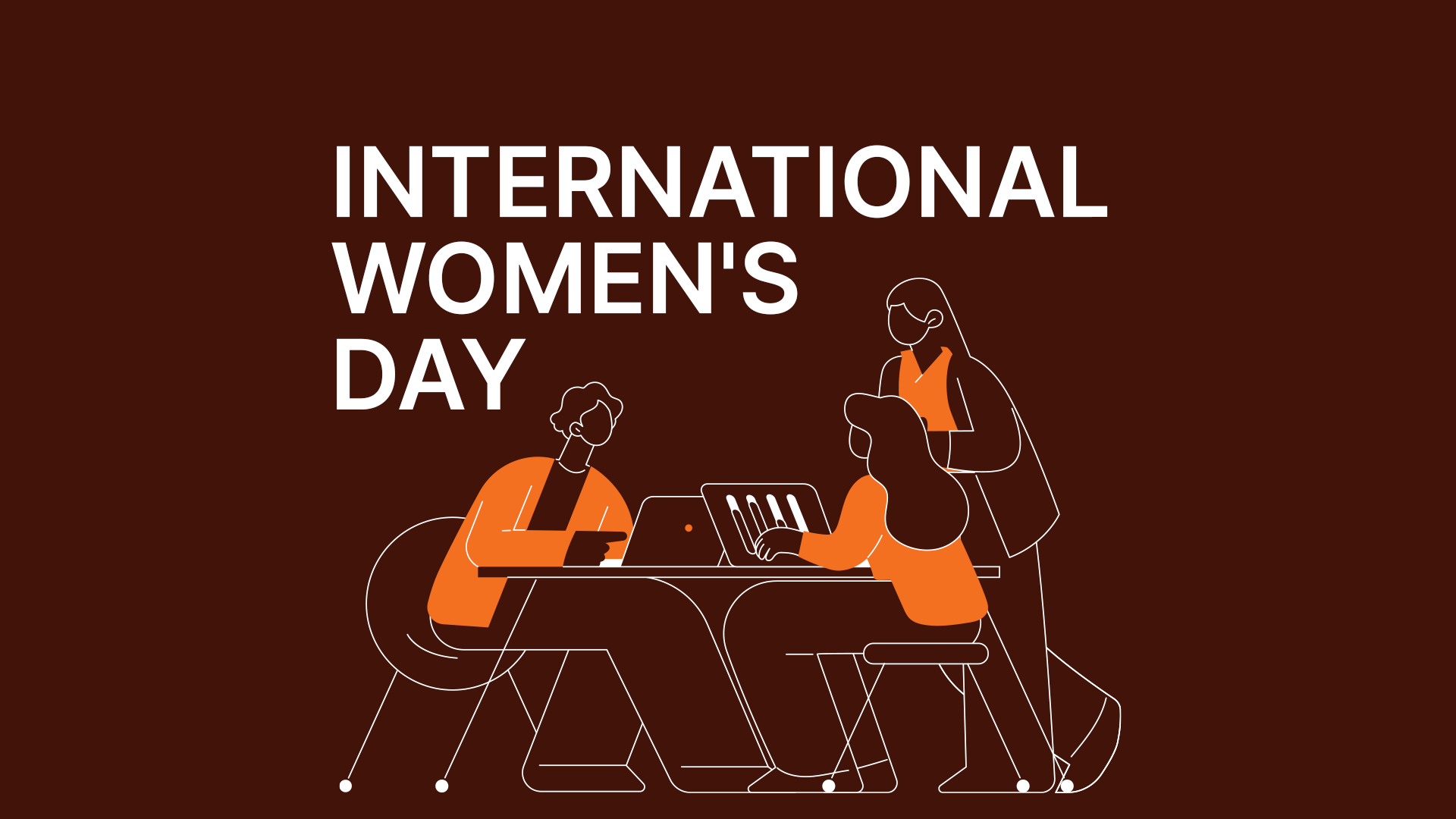Towards Gender Equality in Informatics
-
Mohab Abugabal
- 23 Jan, 2024
- 04 Mins read

[Versione italiana di seguito]
Three out of twenty: this is the percentage of women among those employed in the ICT sector in Italy (EUROSTAT 2022). Women presence in the ICT world is slightly higher in Europe (19% is the EU average compared to 15% in Italy and in the United States (20%) (EUROSTAT, NCES). The phenomenon of women under-representation in the IT world has a social impact at several levels.
Firstly, the reduced access of women in the ICT job sector a continuous growing sector with an attractive pay and working conditions contributes to the gender gap in employment and pay rates. In Europe the number of people employed in the ICT sector increased by 58% between 2012 and 2022, and the demand is expected to increase by 30% between 2022 and 2035 (EUROSTA, CEDEFOP). An increase of women in IT appears not only desirable but necessary to meet the growing needs of businesses and society itself. Secondly, in a historical moment characterized by major technological transitions which are radically transforming the social, political and economic landscape a widespread participation of all stakeholders including women is essential if the direction of technological development is to reflect the interests and values of several social partners.
Beginning from October 2022, SORINT is busy collaborating and co-funding with the Padua University on a three-year research project on the gender gap.The gender gap in the world of Informatics. During the first year of the project initiatives were carried out on the one hand as to identify and understand the reasons of the gender gap in the world of Informatics and on the other hand to raise awareness of gender equality in the world of Informatics and schools. We conducted interviews with professionals women working in the field of Informatics at SORINT. A survey and educational intervention with students at the SORINT Summer Camp; and awareness-raising interventions at SORINT.day aimed at SORINT students and staff. Through interviews we tried to gather women experience and paths who approached the world of IT as to summarize the key moments of their journey. A complex and varied picture emerged from the interviews (which we will explore in more detail in a later article), as much in terms of motivations as in terms of timing and career paths in some cases very linear in others less so.
A common element in these interviews resulted is how passions, interests and professional orientations tended to be structured early on during childhood and adolescence. We realized that it is from the school years onwards that gender equality in computing is at stake. One of SORINT’s main aims of the project is therefore to promote the introduction to Computer Science from primary school investigating whether and at what age gender stereotypes begin to form and what strategies can be effective in stimulating equal interest and competence between boys and girls in Computer Science.
By: Costanza Padova
PhD student | Brain, Mind & Computer Science Department of Developmental and Socialization Psychology
University of Padova
Tre su venti: questa la percentuale di donne tra le persone impiegate nel settore ICT in Italia (EUROSTAT 2022). La presenza femminile nel mondo ICT è poco più alta in Europa (19% la media dell’UE, rispetto al 15% in Italia) e negli Stati Uniti (20%) (EUROSTAT, NCES).
Il fenomeno della sotto-rappresentazione femminile nel mondo informatico ha un impatto sociale a diversi livelli. In primo luogo, il ridotto accesso delle donne a impieghi nel settore ICT, settore in crescita e con condizioni salariali e lavorative appetibili, concorre al gender gap nei tassi di occupazione e di retribuzione. Considerato che in Europa, tra il 2012 e il 2022, il numero di persone impiegate nel settore ICT è aumentato del 58%, ed è previsto un aumento della richiesta del 30% tra il 2022 e il 2035 (EUROSTA, CEDEFOP), un incremento delle donne in Informatica appare non solo auspicabile, ma necessario per rispondere al crescente fabbisogno delle imprese e della società stessa. In secondo luogo, in un momento storico connotato da grandi transizioni tecnologiche, che stanno contribuendo a trasformare il panorama sociale, politico ed economico in misura radicale, una partecipazione diffusa di tutti i portatori di interesse, incluse le donne, è essenziale affinché la direzione dello sviluppo tecnologico rifletta gli interessi e i valori di più parti sociali.
A partire dall’ottobre 2022 SORINT collabora e cofinanzia con l’Università degli Studi di Padova a un progetto di ricerca triennale sul divario di genere, gender gap, nel mondo dell’ Informatica. Durante il primo anno di progetto, sono state realizzate iniziative da un lato con lo scopo di identificare e comprendere le ragioni del divario di genere nel mondo dell’Informatica, dall’altro di sensibilizzare il mondo dell’Informatica e la scuola al tema della parità di genere. Abbiamo condotto interviste a professioniste che lavorano nel campo dell’Informatica in SORINT; una indagine e intervento formativo con le ragazze e i ragazzi del SORINT SummerCamp; interventi di sensibilizzazione al SORINT.day, rivolti a studenti e al personale di SORINT.
Attraverso le interviste abbiamo cercato di raccogliere l’esperienza e il percorso di donne che si sono avvicinate al mondo dell’Informatica, per raccontare i momenti-chiave del loro percorso. Dalle interviste (che approfondiremo in un successivo articolo) è emerso un quadro complesso e vario, tanto nelle motivazioni, quanto nei tempi e nei percorsi professionali, in alcuni casi molto lineari, in altri meno. Un elemento comune di queste interviste è come passioni, interessi, orientamenti professionali tendano a strutturarsi presto, durante l’infanzia e l’adolescenza. Abbiamo compreso che è a partire dagli anni di scuola che si gioca la parità di genere in Informatica. Una delle principali finalità del progetto con SORINT è quindi promuovere l’introduzione all’Informatica fin dalla scuola primaria, indagando se e a che età gli stereotipi di genere iniziano a formarsi, e quali strategie possano essere efficaci per stimolare in bambini e bambine un eguale interesse e competenza verso l’Informatica.
**Scritto da: ** Costanza Padova
PhD student | Brain, Mind & Computer Science Department of Developmental and Socialization Psychology
University of Padova


